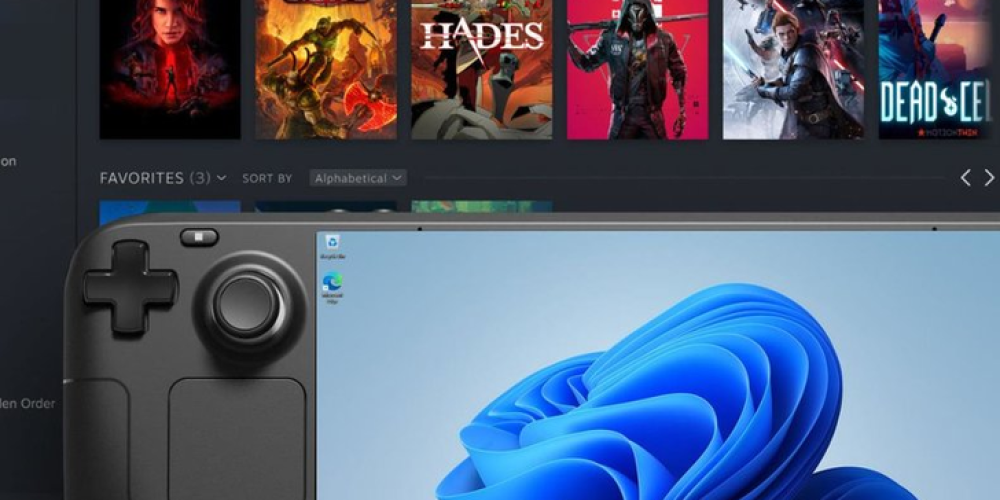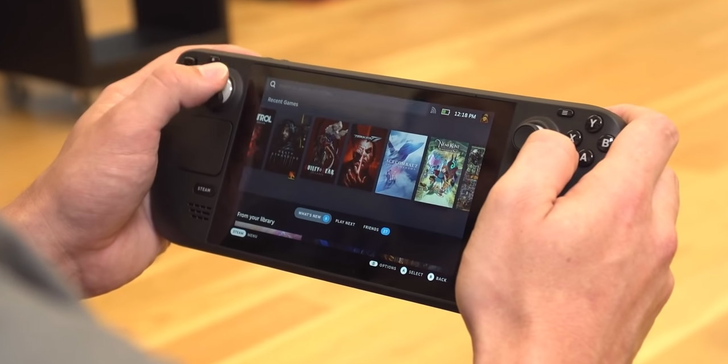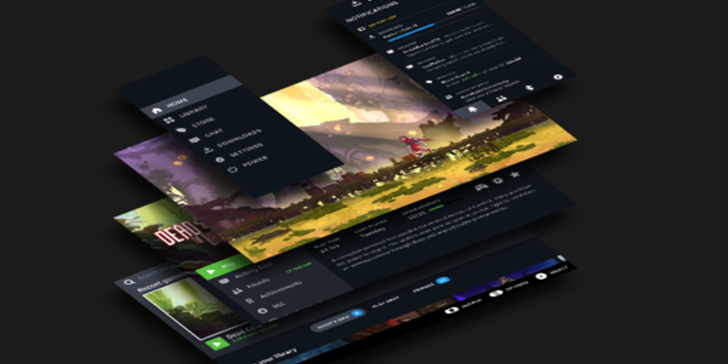How to Run Windows 10/11 on your Steam Deck Using a MicroSD Card
Zachary Kandell / 31 Jul 2023

As the gaming world continues to rave about the Steam Deck phenomenon, the question on everyone's mind is, "What else can this device do?". The multi-million-selling handheld console by Valve is known for its powerful hardware and low price tag, making it a go-to choice for gamers. But did you know? It can be tweaked and customized even further. In particular, users are keen to explore the possibilities of running a full operating system like Windows 10 or 11 on their Steam Deck. If you're one of these adventurous users, this guide is for you.
Can Windows 10 or 11 be Installed on Steam Deck?
Yes, it is feasible to install both Windows 10 and 11 on the Steam Deck. The device is compatible with both operating systems, thanks to the official drivers provided by Valve. The installation process, however, isn't as simple as a click of a button. It involves setting up a bootable microSD card or installing the OS on an internal SSD. But don't worry, we're here to guide you through it step by step.
Precautions Before Installation

Before you jump into the installation process, it's essential to be aware that Windows may not perform flawlessly on the Steam Deck. It can serve as a decent temporary replacement for a basic laptop, but there may be hitches. You can do a full installation on the device's SSD, but it's recommended to boot Windows from a microSD card. This way, you can revert to the original SteamOS anytime you want by simply changing the microSD.
Also, note that while Windows 11 can technically be installed, it is not officially supported by Steam Deck. Due to the lack of TPM on the Steam Deck, you might not receive all Windows updates.
Running Windows 10 or 11 from a MicroSD Card
Booting Windows from a microSD card or USB drive is a safe and reversible method. This way, your original SteamOS install remains undisturbed, and you can test out Windows without erasing anything. If you're not satisfied, simply remove the microSD card, replace it with another one or format it and continue with SteamOS.
For this method, it's advisable to use a microSD card with fast read and write speed. A UFS-1 or USB 3.0 drive with at least 32GB of storage should work efficiently. The steps to install Windows 10 or 11 are the same, irrespective of which OS you choose.
Installation Guide

The installation process is straightforward and involves a few steps. First, download the Windows 10 or 11 Media Creation Tool from Microsoft's website and Rufus for creating a bootable version of Windows. You'll also need the Windows driver for Steam Deck from Valve. Once you have these, you can proceed to create an ISO file, flash it onto your microSD card or USB drive, and boot your Steam Deck into Windows. After installation, ensure to change the display orientation to landscape and install the drivers.
Enjoying Windows on Your Steam Deck
Once you complete these steps, you can enjoy a full Windows experience on your Steam Deck. You can boot into Windows anytime you want by accessing the boot manager. This gives you the freedom to explore various Windows applications, emulators, and other PC-related tasks on your handheld console. However, keep in mind that performance may vary, and some applications may not run flawlessly.
Despite Steam Deck not currently supporting dual boot, it's expected to be introduced in the future. Until then, this is an interesting and safe way to experiment with different operating systems on your console. Enjoy the freedom and flexibility that comes with your Steam Deck!